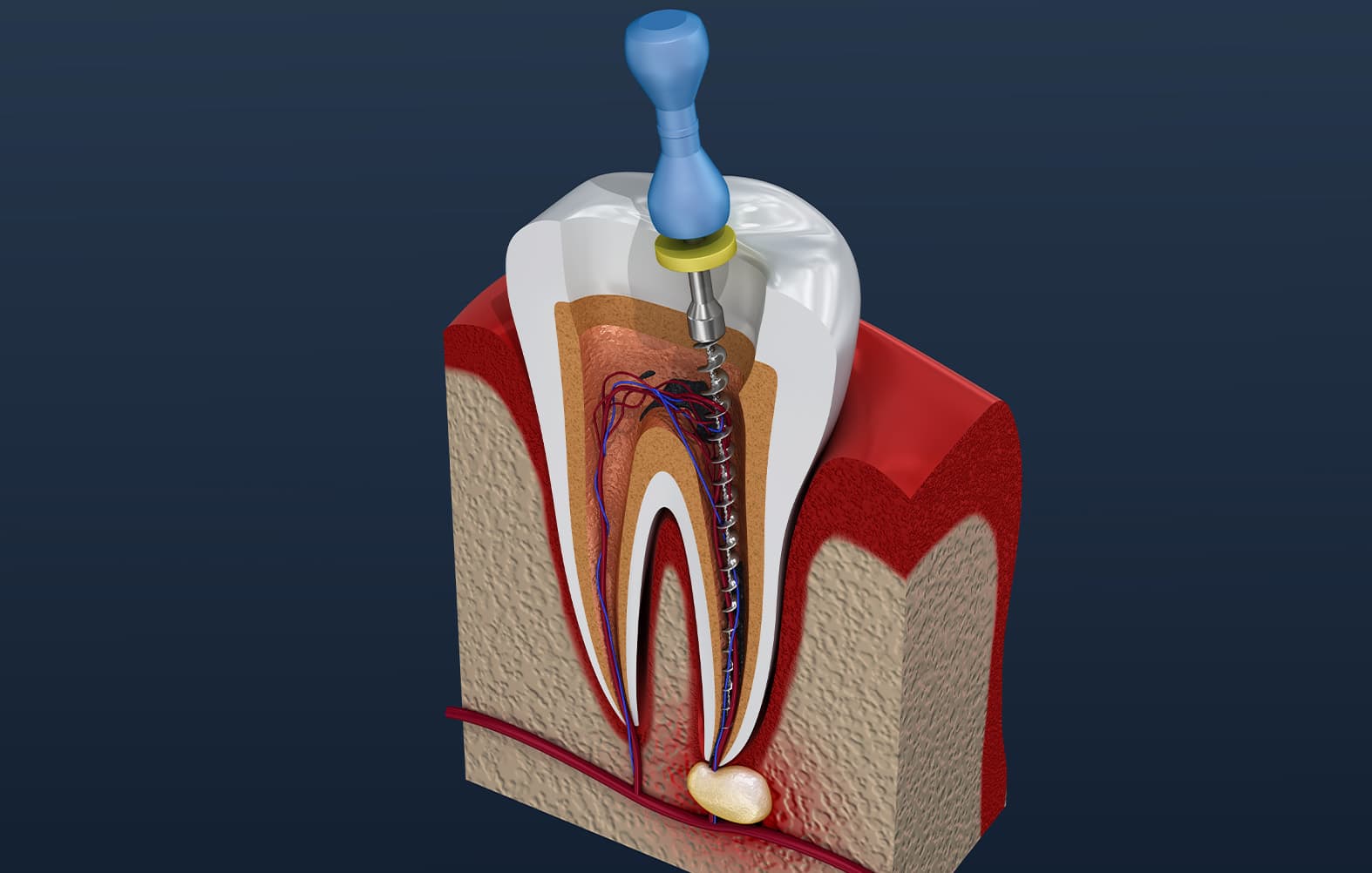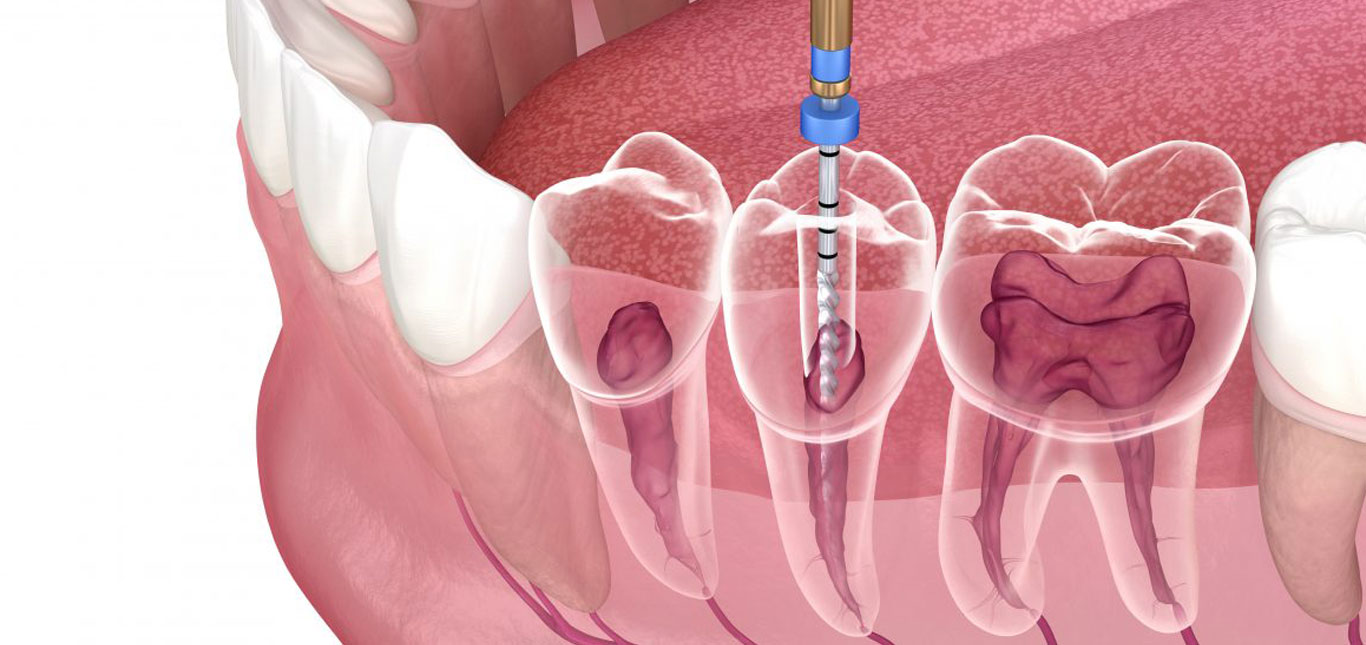What to Expect in a Root Canal Treatment?

Root canal treatment is also known as endodontic treatment, which is a therapy that helps remove an infection inside the tooth. It can also help you to protect the tooth from future infections. Thus, it is a necessary treatment that helps in curing severe pain due to illness in the teeth.
In this article, we will learn about the treatment method and what we can expect in a root canal treatment. If you are in Breckenridge, then you can also consult a relaxation dentist in Breckenridge, CO, to find out about the root canal treatment.
What is a root canal treatment?
A root canal is not a treatment, but it is a part of the tooth. It is present in the hollow section of a tooth that contains the nerve tissue, blood vessels and other cells, which is known as pulp. A tooth contains crowns and roots; crowns are mainly above the gums, and roots are below the gums. Inside the crown and roots, there is a pulp that nourishes and moisturizes the tooth.
The nerves in the pulp help you sense the pain of hot and cold temperatures. When there is infection in this pulp, the root canal treatment leads to cleaning of this pulp.

What are the Steps in a Root Canal?
- Cleaning the root canal: The first step is when the dentist removes everything from inside the root canal. There will be local anesthesia, and the dentist will make a small access hole in the tooth surface to remove the disease and deal with the pulp tissue with small files.
- Filling the root canal: The dentists disinfect the teeth, and there is a hollow area; thus, in the next step, the tooth will be filled with a rubber-like material using an adhesive cement to seal the canals completely.
- Crown or filling: Once the infected pulp is removed, the tooth becomes more fragile than it was before. A crown and filling will be done after the first step so that the teeth are adequately nourished. However, it is advised that during this procedure, the patient should not eat or chew anything.
How painful is it?
Expert dental surgeons carry out root canal treatment, and therefore, they have expertise in dealing with this without causing pain. Additionally, local anesthesia ensures that the pulp is removed correctly and filled without causing much pain to the patient. However, after the treatment, there will be little tenderness, but it will be a temporary pain that over-the-counter medicines can solve.
